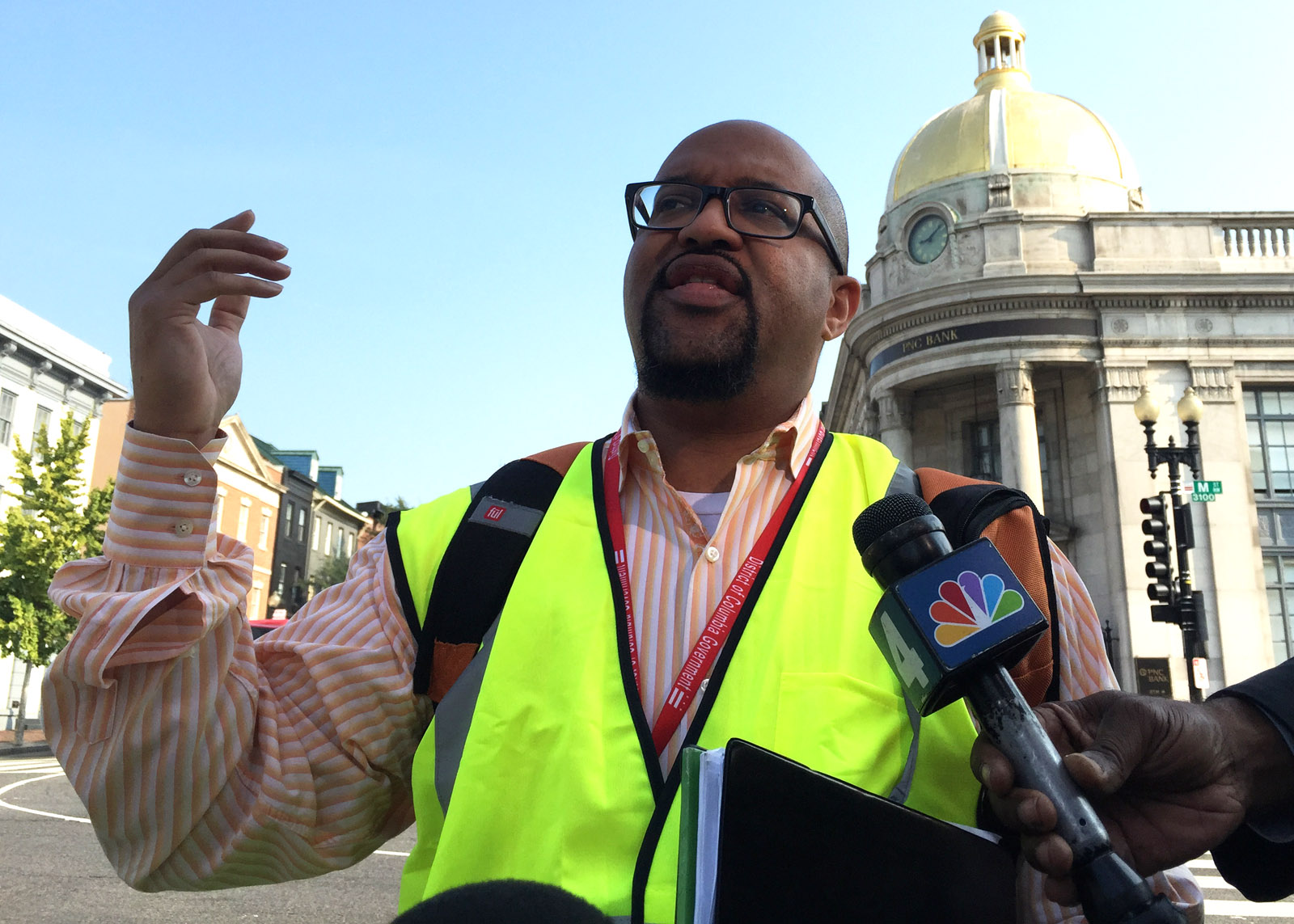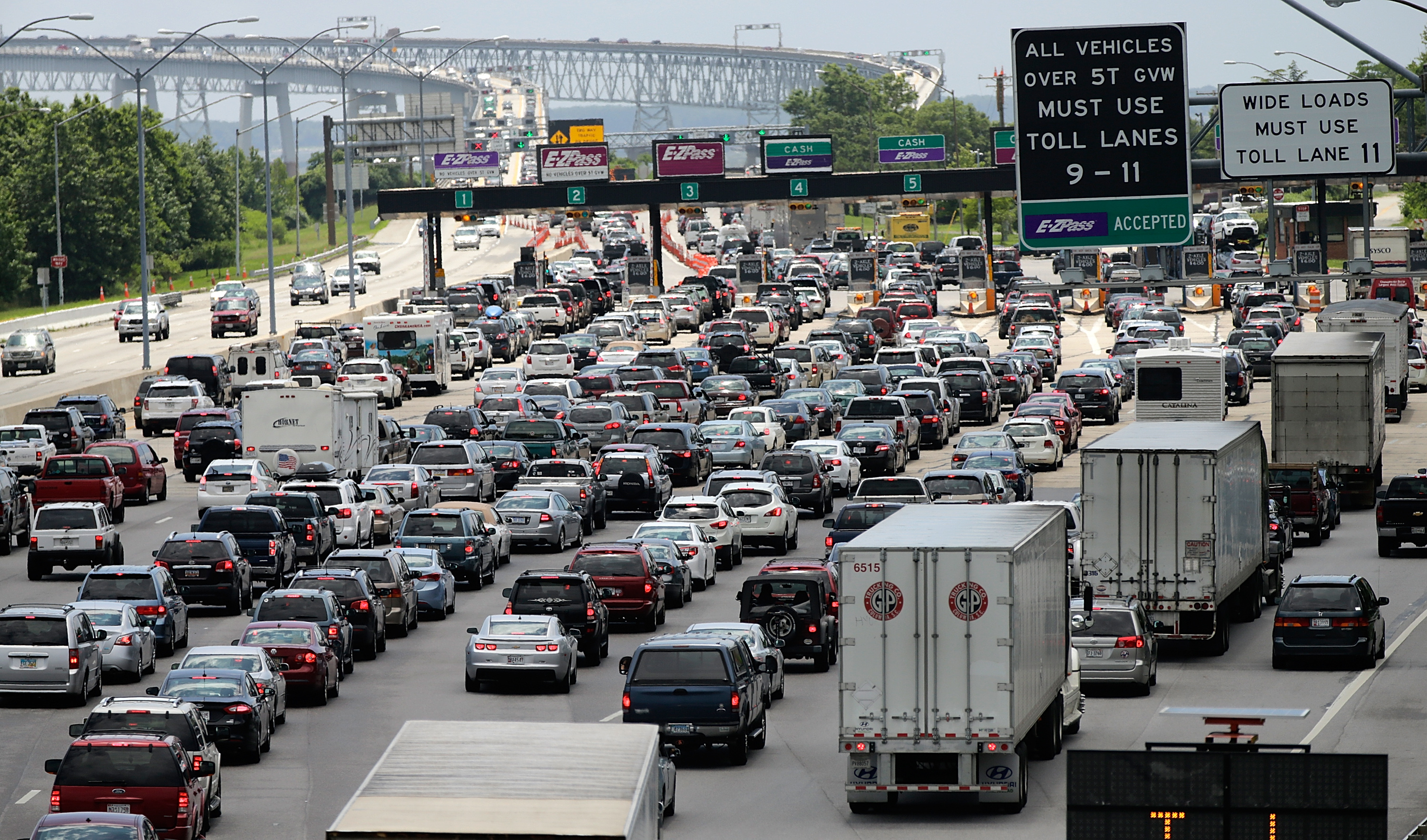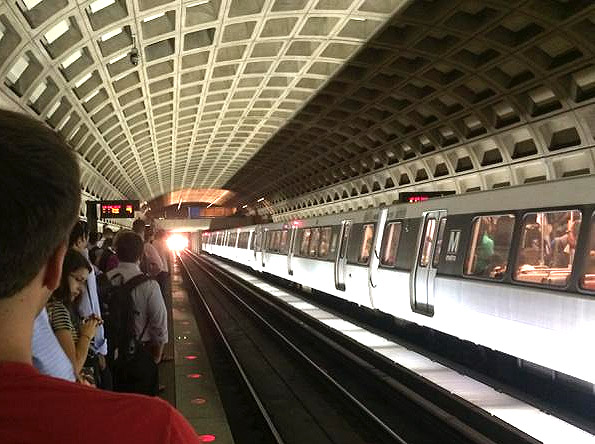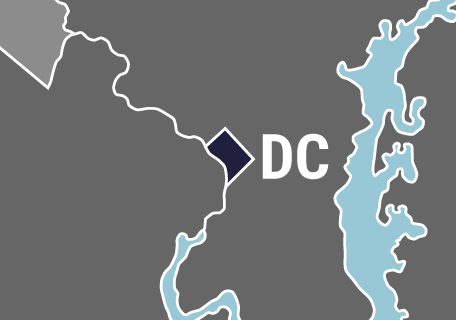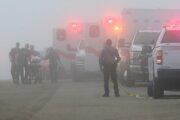WASHINGTON — Post-Labor Day traffic has a bad reputation in the D.C. area. School buses cruise the streets, and major highways are clogged with employees headed back to their jobs.
The day after Labor Day has been dubbed “Terrible Traffic Tuesday.”
“To me, it’s not even so much of a ‘Woeful Wednesday’ or a ‘Terrible Tuesday,’ it’s just ‘Sour September,'” said WTOP Traffic Reporter Jack Taylor. “It’s progressive.”
Local traffic gradually gets worse as the days get shorter, Taylor adds.
On the day after the holiday, D.C.’s “world-class congestion worsens at key choke points, when nearly seven out of 10 workers in the region drive to work,” says AAA mid-Atlantic.
The traffic, according to AAA mid-Atlantic, leads to “a day of reckoning” and “the dreadful day of the worst-case scenario.”
Hyperbole aside, you can expect to see more cars on the road, though the notion of “Terrible Traffic Tuesday” is only a myth.
It’s “a cautionary tale and a jolt to the nervous system about the state of abnormality on area freeways and its mass transportation systems this time of year,” AAA mid-Atlantic Spokesman John Townsend said in a news release.
But it’s not just the road: 1.4 million people — or 17 percent of regional commuters — use mass transit. Expect crowded trains and buses, and longer wait times at stops and stations.
Because the rush hour traffic slows in September, there’s an illusion of more traffic as the seasons change.
In fact, annual average daily traffic counts from highway departments in Maryland and Virginia show that highway volumes experience sharp declines between September and December.
To alleviate congestion, AAA mid-Atlantic suggests the following:
- Add space to critical road corridors
- Use intelligent transportation systems, in-vehicle and in-road safety devices, improved commercial vehicle operations, advanced emergency assistance
- Synchronize traffic signals, and improve computerized traffic control coordination, flextime and telecommuting options. Carpool when necessary.
- Add priced lanes or roads so motorists can optionally pay for an expedited trip
- Maintain and improve public transportation, bicycling and walking
- Change commuting patterns and allow flexible work hours
WTOP’s Dave Dildine contributed to this report.

